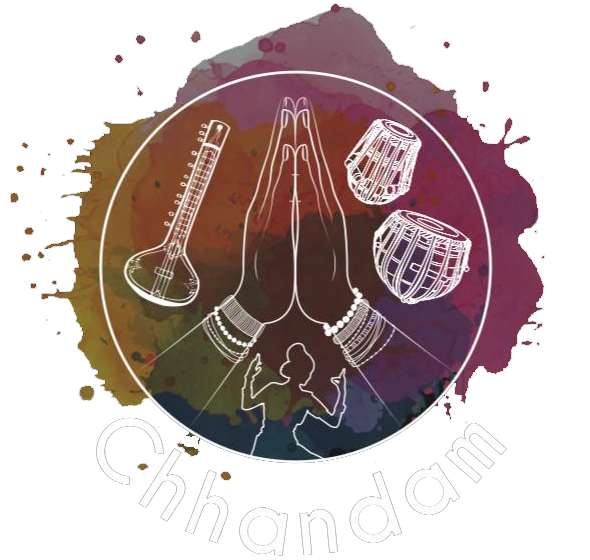Navaratri Durga is dedicated to the start of the most popular Navaratri festival celebrated across India and the fascinating Durga Puja where a special image of Durga is worshipped for nine days and on the tenth day is returned by immersion in the holy river. It is conducted in four languages – English, Hindi, Bengali and Sanskrit – it contains a play, songs and dances explained by recitation and a multi-media presentation.
Mahalaya which means the ‘Ultimate Re-integration’ celebrates Shaktiism, whose attributes are invested in India’s most popular goddess Devi Durga.
* ‘Jayanti mangala Kali Bhadrakali Kapalini
Durga Shiba Kshama dhatri swaha swadha namastutey’
*Durga’s multi-faceted personality (like her various names in the sloka) is one of the most envigorating features of Indian philosophy. In Shakti philosophy, all the active powers of the God (Brahma, Vishnu, Maheshwara) are invested in feminine terms within their consort typified by Durga or Chandi.
This school of thought believes that God acts only through his energy (Shakti) and therefore the worship of this Energy leads to the worship of Durga. Her role, like her name is different in different systems. She is Mahamaya, the dynamic aspect of Creator Brahma, generating the universe through her Maya, the power of illusion. As the ferocious goddess Kali, she believes that joy and suffering have the same source and the frightening should be faced as calmly as the beautiful.
We remember Chandi or Durga as the goddess who slew the buffalo demon Mahishasura. According to the legend, Mahishasura once grew so powerful after gaining control of the Earth that he decided to invade Heaven. In complete disarray, the lesser gods ran to Brahma, Visnu and Shiva for protection. To defend the universe from this marauder the great Gods created Durga as Mahishasura –Mardini, the demon slayer; from the flames of anger that issued from their mouth.
Here Durga is depicted as a gloriously attired lady of great physical and even sensuous beauty. Yet she is also a terrifying warrior, riding a lion in her martial regalia, aroused, displaying blood shot eyes, with ten arms each brandishing a special weapon donated by the gods. A dramatic battle ensues with Mahishasura put to pathetic flight, using transparent disguises to evade the divine wrath. Finally, the Buffalo-Demon is speared, his body lies decapitated and prayers of grateful joy are intoned to the saviour.
This starts the Navaratri and the Durga Puja – a special image of Durga is worshipped for nine days and on the tenth day is returned by immersion in the holy river.
And what of the ideas within the Mahalaya? Within Durga is the most magnificent example of dialectics. Simultaneously she is divine and human, most beautiful and most terrifying; mirroring the entire human desires but also the desire for renunciation. **She contains all of our own attributes as well – our sleep, our thirst, our hunger, shadow, forbearance, our mother, our inner peace and even our memory. Yet she remains Durga the Inaccessible, the vessel of infinite capacity that recedes further as we explore the limits of our consciousness.
***The great Western poet TS Elliot once observed that poetry is written with words. There is no greater example of lovely alliterative words writing beautiful poetry – than the Sanskrit verses with which we start this evening.
***‘Jaya Jaya Japya Jaye Jaya Shabda Parastuti Tapara vishwa nutey
Jhanajhana Jhinjhimi jhingkrita nupura shinjita mohita bhuta patey
Natitana Tardhana Tinatha Nayaka Natita Natya Sugana ratey’
Here is Sanskrit Poetry at its best. The rhythmic cadences, brimming with sensory experience, race headlong towards their overwhelming conclusion.
The Mahalaya and the Chandipath have been immortalised in the majestic voice of Birendra Kishore Bhadra and the pen of Bani Kumar. The sum of the entire hypnotic musical experience reflects the true genius of Pankaj Mallik; using primarily morning ragas but for the Raga Malkauns (this Raga of the Bhairavi group was a morning raga in ancient India). The music is so intricate and yet so powerful in its simple beauty that it is apt to induce any latter day presumptuous composer to contemplate his own life in ruins.
**‘Ya Devi Savabhuteshu Chetanetya Vidhiyatey
Namastasyai Namastasyai Namastasyai Namo namaha’
